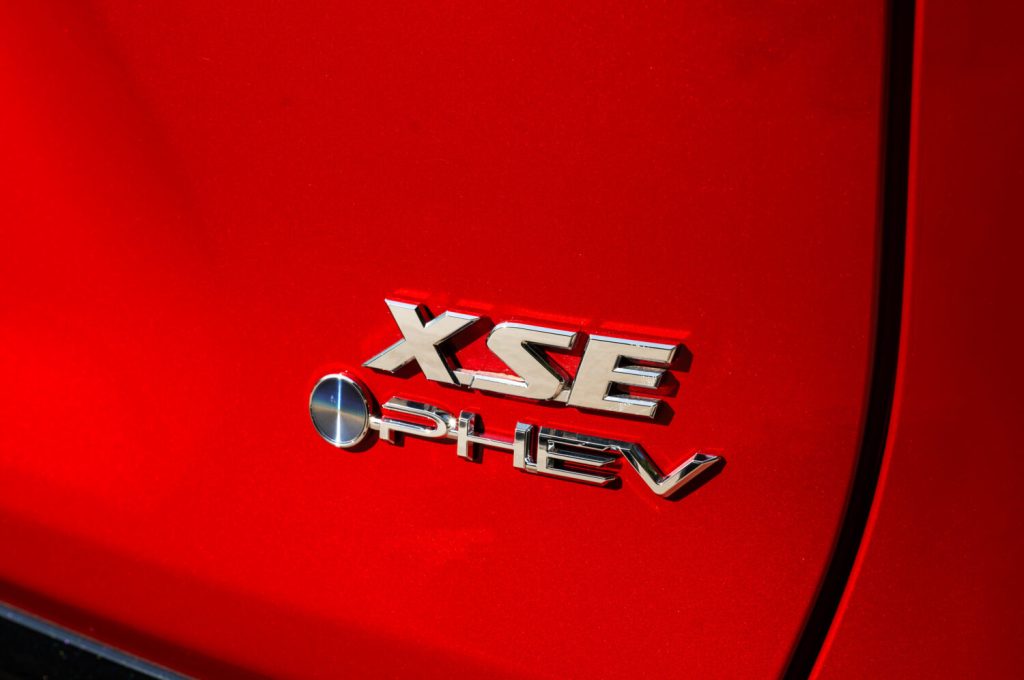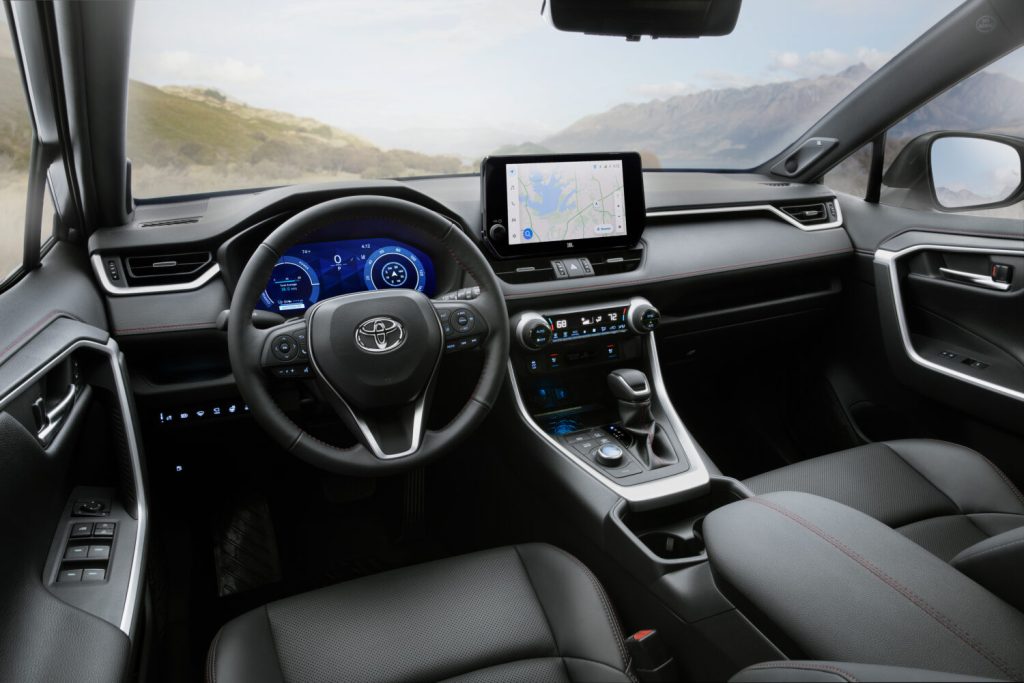Toyota confirms that it’s dropping “Prime” from the RAV4 and Prius plug-in models as the brand simplifies the naming scheme for its PHEVS while also improving the overall buying experience for customers at the same time.

Toyota confirms that it’s ending its version of the Prime Directive with the elimination of the Prime moniker from the 2025 RAV4 and Prius plug-in hybrids.
When Toyota introduced the “Prime” moniker back in 2017, it was supposed to be used as the trademark identifier for its lineup of plug-in hybrid models to help them stand out from the company’s non-plug-in hybrid vehicles. The Prime name was first used on the Prius before moving on to the RAV4 Prime PHEV SUV shortly afterward.
Unfortunately, customers were becoming confused about what powertrain options they had to choose from when they were shopping for a Prius or RAV4 PHEV, and the Prime name itself was already becoming redundant as the company focused on other green pursuits. As such, it wasn’t too surprising to hear that Toyota is finally dropping the Prime moniker from these two models and will instead be referring to them as the Prius and RAV4 Plug-In Hybrid respectively moving forward.
Simplifying the buying experience for customers at the cost of style

Toyota made the change to address customer confusion but the loss of the blue-tinged Toyota emblem will be a sore spot for style-conscious owners.
Typically, a change like this wouldn’t even register as a blip on the automotive radar, but for some customers who had to navigate the extreme levels of choice that the company offers for each of its models when touring the online configurator, this simple revision will help make things easier when deciding which Prius or RAV4 model is right for them since it will help clarify what powertrains are available which should please shoppers that might not be as familiar with the lineup, and are shopping for other reasons. The last thing they would like to be forced to do is additional research to decode what’s available.
“The switch to the RAV4 Plug-in name is intended to help consumers more easily identify the powertrain choices among RAV4 models,” Toyota said in a statement. “In addition to the model naming change, the Toyota logo on the front and rear of the vehicle will no longer have a blue “halo” within.”
While the name change itself will help eliminate any potential confusion for customers, the loss of the “blue halo” within the Toyota logo itself will be missed by some buyers. The blue tint in the badging helped visually identify a model as a PHEV and the blue coloring helped make the Toyota logo look more stylish when compared to the one used on other models. With the removal of the Prime moniker and the nifty blue tint in the badge, the only way that future buyers will be able to tell one model apart from the other now is either by looking at the fine details or a simple “PHEV” badge on the rear. As for the RAV4 Prime itself, it cruises into the 2025 model year with no noticeable changes. Toyota focused its announcement on the RAV4 Prime but Toyota dealer employees and company reps we spoke with confirmed the Prius is included in this too.
More Toyota Stories
- Q&A: Toyota Brand Boss David Christ Talks the Future of Hybrids, Plug-Ins and BEVs
- A Week With: 2024 Toyota Prius: Winning Over the Skeptics
- Toyota Says It Wants New Four Cylinder Engine to Surpass the 2JZ Engine
Small changes help create long-term rewards

Small changes like this will help Toyota reap big rewards in the long run as it prepares to expand its lineup of hybrid and BEV offerings.
The removal of the Prime moniker and its associated visual trinkets might seem insignificant in the short term, but any changes the company can make to help remove confusion and simplify the buying experience for customers will help them win big in the long run. That’s especially true over the next few years as the company prepares to unleash a new generation of hybrid and EV models to bolster its green vehicle business.
All of these new models will help bring new technology and powertrains to consumers and Toyota knows that all of this change must also include a reworked buying experience that’s simpler and allows the customer to know what’s available and what they are getting into when they are preparing to make their next vehicle purchase. Helping make the buying process simpler for the consumer will also help dealerships streamline their sales operations by potentially removing any extra steps that might have been needed if the customer was confused about certain aspects of the vehicle before buying one.









0 Comments